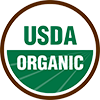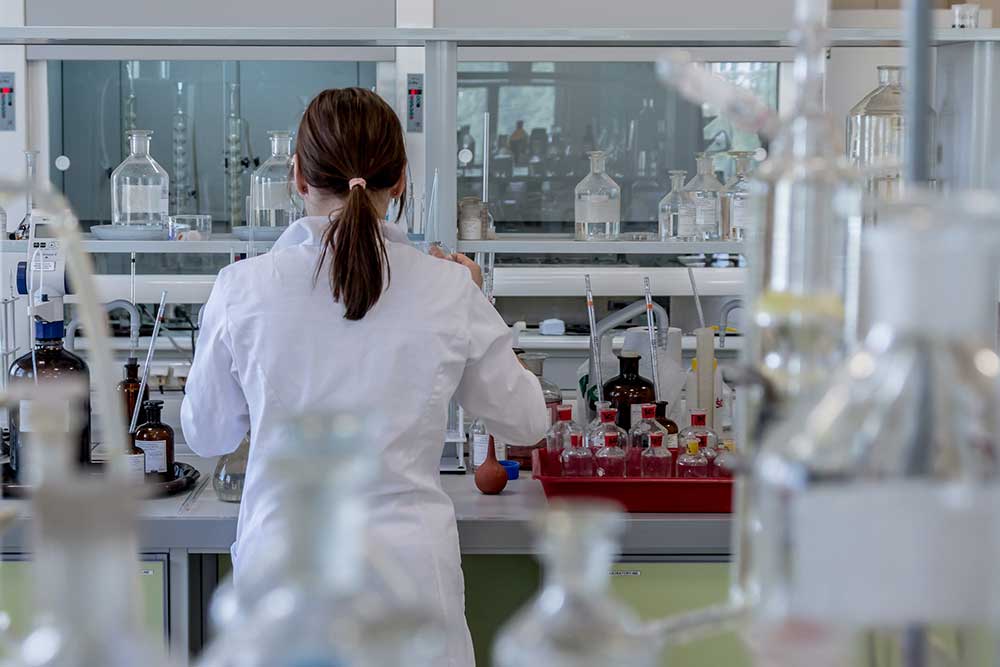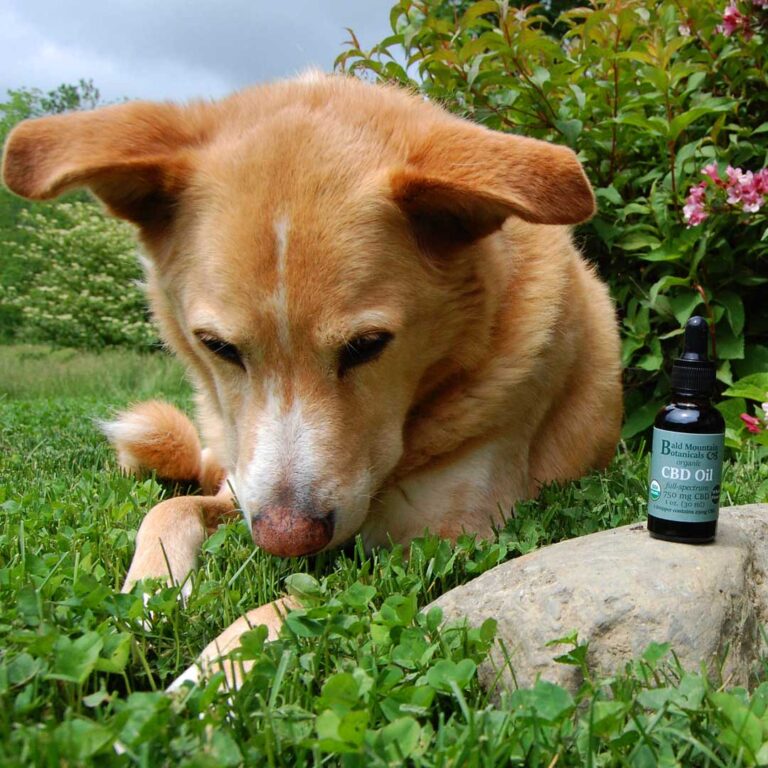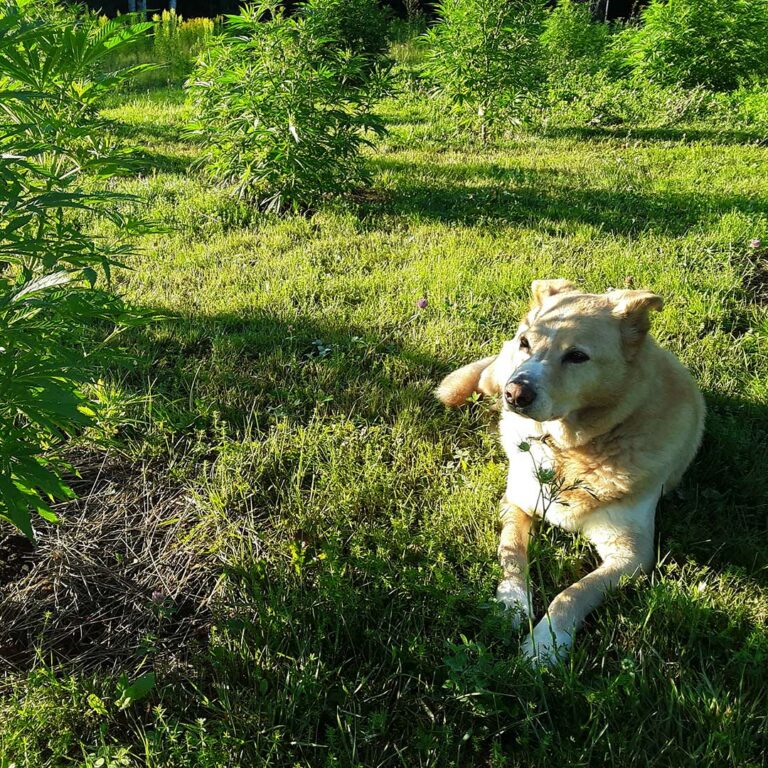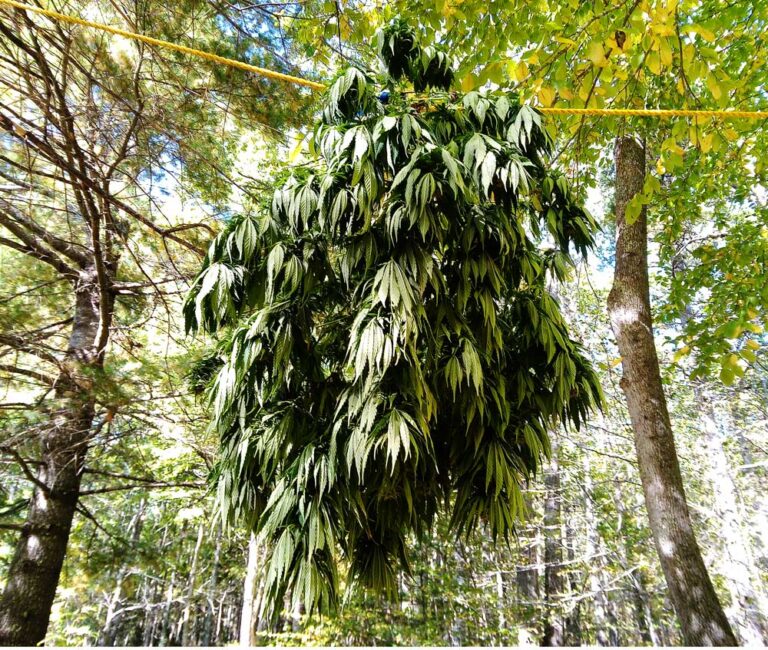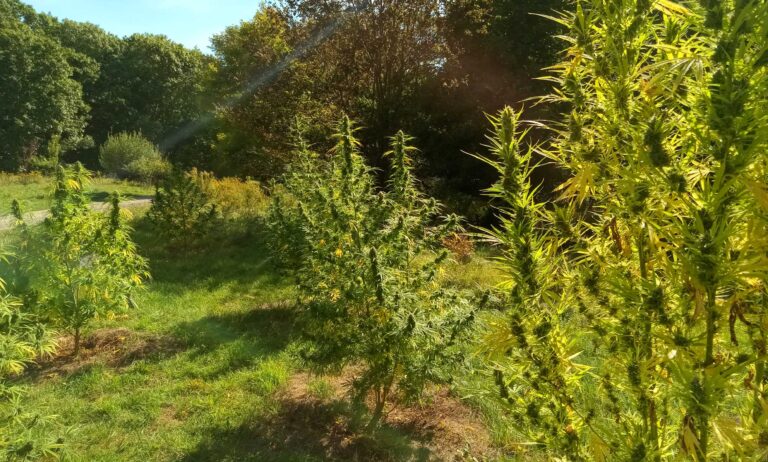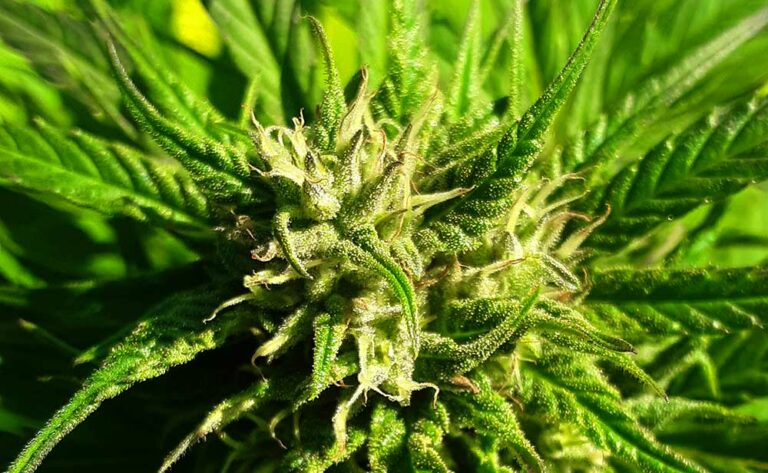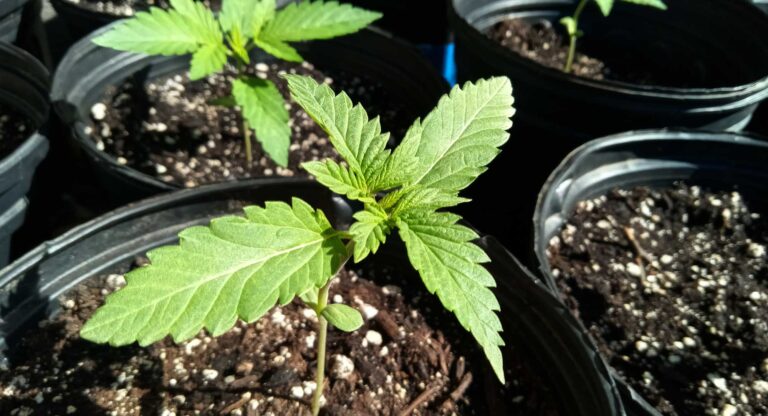Why All Our CBD Products Are Tested
Why do we have all our products tested by a lab for potency and purity? Maine doesn’t require CBD testing and it’s expensive but we do it anyway. The CBD market is largely unregulated so there are poor quality and even potentially dangerous products out there.
Label Accuracy
Take potency. Researchers have found that CBD products don’t always contain the amount of CBD shown on the label. A 2024 study found “the majority of products (74%) deviated from their label claim of CBD potency by at least 10%.” If you can’t trust the label it’s hard to accurately measure dosage. You may also be over-paying for a product that contains less CBD than it says. That’s why it’s important to check the lab report (often called a “COA”) on any CBD product before using. The “cannabinoid profile” will show which cannabinoids like CBD are present and exactly how much of each.

Checking for Contaminants
It’s also important to check purity–you don’t want to consume potentially harmful substances like pesticide residues or heavy metals. Hemp is an excellent “bioaccumulator,” meaning it readily takes up substances from the soil. If the soil contains a high amount of lead the plant will pull that out of the soil. When the hemp flower is processed into CBD products, those products may contain elevated lead levels.
How common is heavy metal contamination in CBD products? The 2024 study referenced above “detected heavy metals in 44 of the 202 products tested”–that’s about 1 in 5. Some metals may occur naturally at low levels in soil and show up in very small amounts in sensitive tests. But the concentration should be below the “safe” level as determined by health authorities.
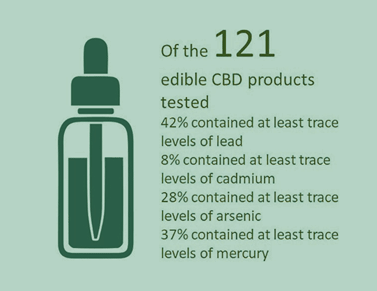
Residual Pesticides and Solvents
Another purity concern is pesticides. The same 2024 study reported that “of 232 pesticides tested, 26 were found 55 times across 30 products” (87%!). We don’t use pesticides in our organic farming practices but have everything tested nonetheless. It’s theoretically possible pesticides could drift from a neighboring farm, although highly unlikely in our case.
A third potential contaminant is residual solvents like butane used in some CBD extraction methods. Solvents play no part in our CBD extraction process and that’s really the only place solvents could be introduced, so we don’t test for solvents. But unless you know for certain that no solvents are used in the extraction process, you should always check to make sure that any product you consider using is screened for residual solvents.
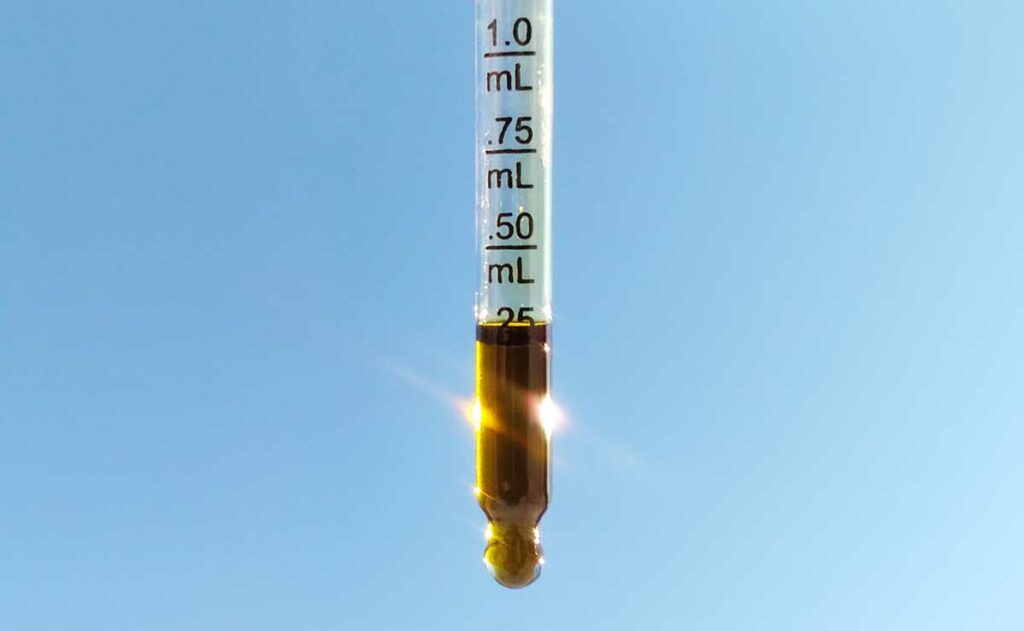
Trust & Transparency
So that’s why we test every batch we make–to objectively verify our products are potent and pure. A link to the test results is always available in the “Description” section of each product page. If you have any questions or would like more information, please contact us.
Resources:
Gidal BE, Vandrey R, Wallin C, Callan S, Sutton A, Saurer TB, Triemstra JL. “Product labeling accuracy and contamination analysis of commercially available cannabidiol product samples.” Front Pharmacol. 2024 Mar 18;15:1335441. doi: 10.3389/fphar.2024.1335441. PMID: 38562466; PMCID: PMC10982813. (https://pmc.ncbi.nlm.nih.gov/articles/PMC10982813/ ).
Hannah Gardener, Chela Wallin, Jaclyn Bowen, “Heavy metal and phthalate contamination and labeling integrity in a large sample of US commercially available cannabidiol (CBD) products.” Science of The Total Environment, Volume 851, Part 1, 2022, 158110, ISSN 0048-9697, https://doi.org/10.1016/j.scitotenv.2022.158110).
“Harmful Contaminants in Maine’s Medical Cannabis Program.” 2023. Maine Office of Cannabis Policy, (https://www.maine.gov/dafs/ocp/sites/maine.gov.dafs.ocp/files/inline-files/OCP%20Fall%202023%20Medical%20Testing%20Report.pdf)
Vangelia E. Golia, John Bethanis, Nikolaos Ntinopoulos, Georgia-Garifalia Kaffe, Amalia Athanasia Komnou, Charicleia Vasilou, “Investigating the potential of heavy metal accumulation from hemp. The use of industrial hemp (Cannabis Sativa L.) for phytoremediation of heavily and moderated polluted soils,”
Sustainable Chemistry and Pharmacy, Volume 31, 2023, 100961, ISSN 2352-5541,
(https://doi.org/10.1016/j.scp.2022.100961).

